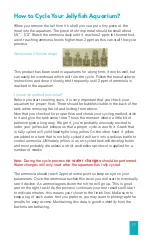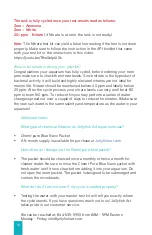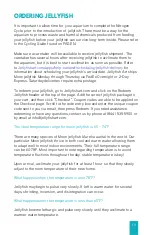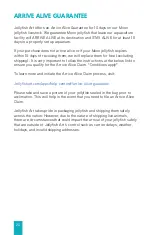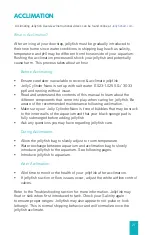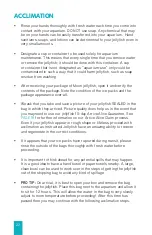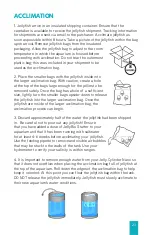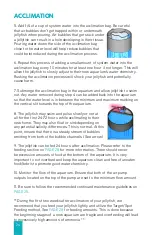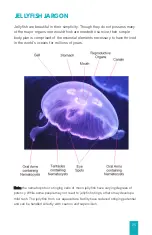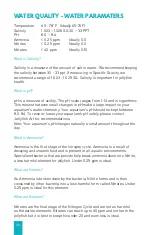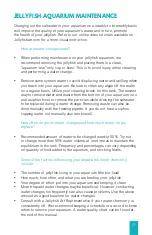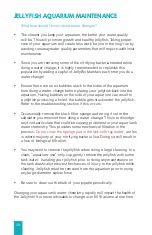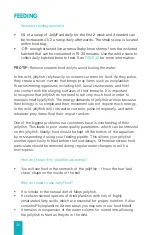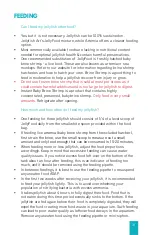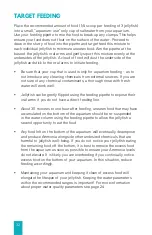
17
How to Cycle Your Jellyfish Aquarium?
When you remove the tail from it’s shell you can put a tiny piece of the
meat into the aquarium. The piece of shrimp meat should be small about
1/4” - 1/2”. Watch the ammonia daily until it reaches 2 ppm. In this method,
avoid reaching ammonia levels higher than 2 ppm as this can stall the cycle
process.
Ammonium Chloride drops
This product has been used in aquariums for a long time, it works well, but
can easily be overdosed which will ruin the cycle. Follow the manufacturer
instructions and dose it slowly, test frequently until 2 ppm of ammonia is
reached in the aquarium.
I chose my method now what?
Before you start counting days, it is very important that you check your
aquarium for proper flow. There should be bubbles visible in the back of the
tank when removing the lid and looking from above.
Now that you checked for proper flow and chose your cycling method, stick
to it and give the tank some time. This is the moment where a little bit of
patience goes a long way. We get it, you’re probably anxiously excited to
order your jellies, but believe us that a proper cycle is worth it. A tank that
is fully cycled will yield healthy thriving jellies. On the other hand, if jellies
are added to a tank that is not fully cycled it will turn into a tedious battle to
control ammonia. Ultimately jellies in an un-cycled tank will develop holes
and most probably die unless a strict and tedious protocol is applied for a
number of weeks
Note: During the cycle process
no water changes
should be performed.
Water changes will only start after the aquarium has fully cycled.
The ammonia should reach 2ppm at some point so keep an eye on your
parameters. Once the ammonia reaches this level you will start to eventually
see it decline. As ammonia goes down the nitrite will go up. This is good
and on the right track! As the process continues your test results will start
to indicate nitrates, this means your closer to the finish line. Make sure to
keep a log of each water test you preform, you may want to photograph the
results for easy access. Maintaining this data is good to identify how the
bacteria are behaving.















